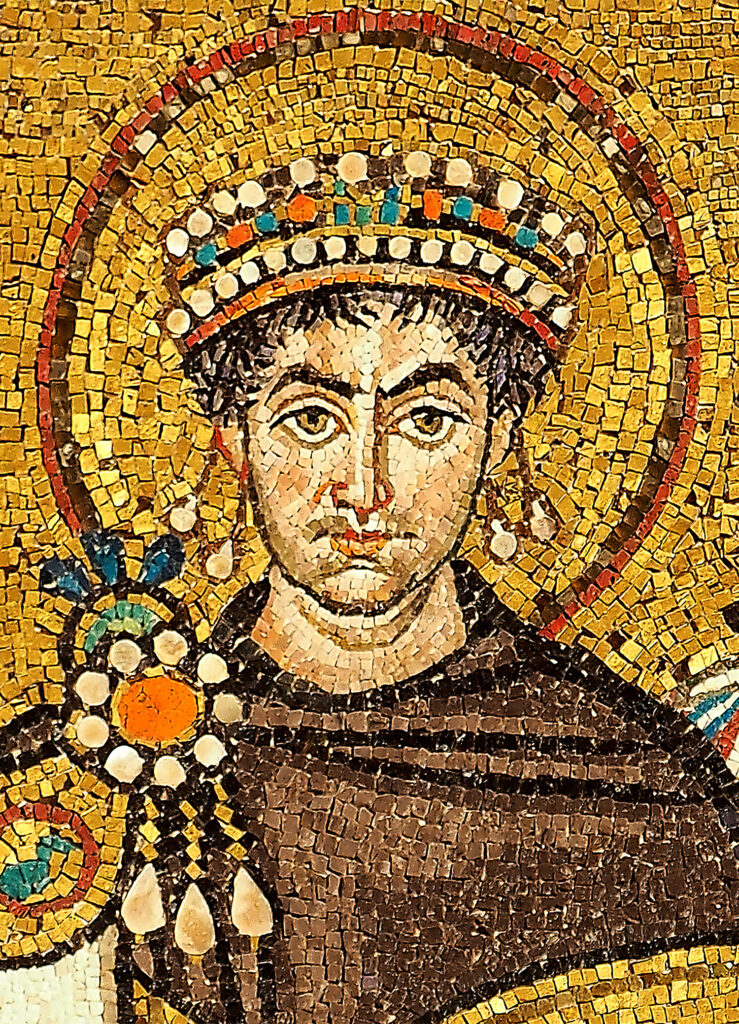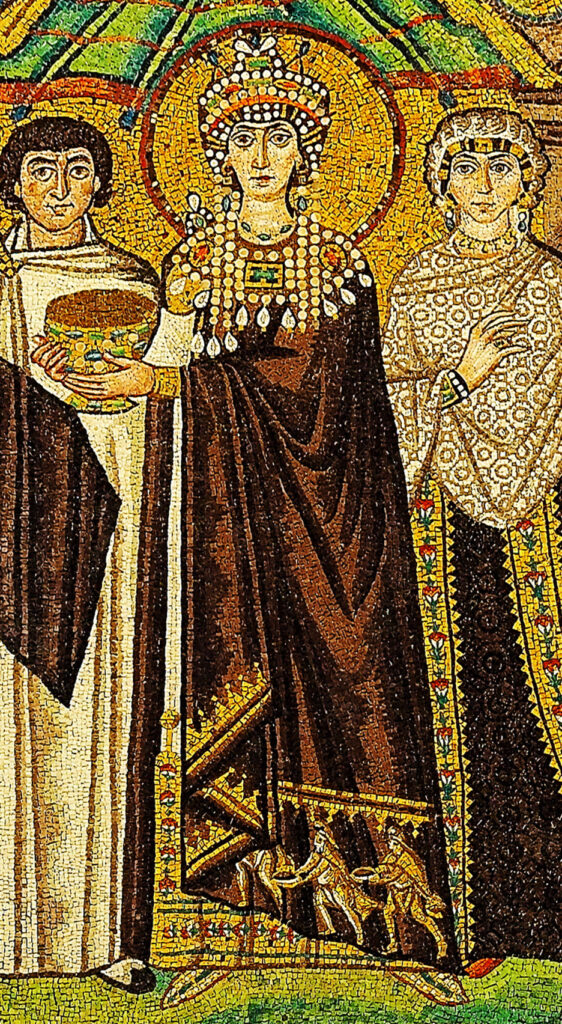This Week in History recalls memorable and decisive events and personalities of the past.
9th January 1992 – The first discoveries of extrasolar planets are announced

For most of the history of astronomy, astronomers were unsure as to how common planets were in the universe. Our solar system has eight planets and several dwarf planets, and thus many scientists believed it was likely that other solar systems might also have multiple planets. However, they were unable to detect these planets, and their number in the universe remained theoretical.
In 1917, an astronomer observing the star Van Maanen 2 actually detected evidence of a planet orbiting that star, but did not recognise it as such; his discovery would not be understood for decades, until it was returned to after the discovery of other planets.
In 1988, a group of astronomers announced that they had detected a planet orbiting the star Gamma Cephei, but due to an error in their calculations their claim was not accepted by most astronomers until 2002.
In 1992, two astronomers, Canadian Dale Frail and Pole Aleksander Wolszczan, announced that they had managed to detect three planets orbiting the pulsar PSR B1257+12. (A pulsar is a highly magnetised rotating compact star that emits beams of electromagnetic radiation). These were the first planets ever confirmed by the wider scientific community to have been detected beyond the solar system. The two scientists located the planets by determining that the occasional dimming of the star they were observing was the result of the planets passing across the star as they orbited it.
A planet orbiting a ‘main-sequence’ star was detected for the first time in 1995; since then, huge numbers of planets have been detected all over the galaxy. As of 1 January 2021, astronomers have confirmed the discovery of 4 395 planets so far, and are finding new ones all the time.
This has radically shifted the search for other life in the galaxy as astronomers have also been able to get information on the make-up of these planets’ atmospheres, providing more clues about other places in the galaxy where we might find ‘Earth-like’ conditions that might support life.
13th January 532 – Nika riots in Constantinople: A quarrel between supporters of rival chariot teams – the Blues and the Greens – in the Hippodrome degenerates into violence

A major feature of the life of the Roman city of Constantinople for hundreds of years was the chariot race. The Romans were huge fans of chariot racing – indeed the world record for the highest paid athlete of all time still belongs to a Roman charioteer.
When the Roman emperor Constantine refounded Constantinople in 324, he extensively renovated the existing chariot race track (or hippodrome) and turned it into a magnificent stadium capable of holding 100 000 spectators … around 10% of the city’s population at its largest.
The massive size of the stadium and the popularity of the races created some strange dynamics in the city’s politics. By 532, the races were dominated by two teams, the Blues and the Greens. These teams had become major enterprises due to their wealth and popularity, and acted partly as street gangs, partly as political parties (there are still echoes of this behavior in European football teams today). The chariot teams often took opposing views on issues such as theology, who should lead armies and what taxes should be. They often came to blows and had armies of street thugs they could call upon within the city.

In 532, the Emperor Justinian and his advisors and officials faced growing unpopularity due to accusations of corruption, a tax rise and reforms to the civil service. Justinian was also seeking to reduce the power of the chariot teams on the city’s politics. At the same time, military setbacks in wars against the Persian Empire prompted many in Constantinople to think that perhaps it was time for a new emperor.
In January of 532, two men, one from the Blue team and one from the Green team, escaped before they could be executed for murders during a riot the previous year. The teams demanded they be pardoned. Justinian, nervous of the power of the teams but unwilling to submit to them, commuted the men’s sentences to imprisonment and called for a series of chariot races to be held to help calm the population, and the teams.
On 13 January, the populace filed into the stadium, but as soon as the Emperor appeared in his spectator’s box, which was in the nearby palace, the crowd began hurling insults at him. By the end of the day, the crowds were no longer rooting for their teams, but chanting ‘Nika!’ (Conquer!) – and soon surged out of the stadium and began to attack the palace, placing it under siege.
For the next five days the crowds had the Emperor under siege in his palace while his political opponents outside crowned alternative candidates as emperor in the streets. Justinian reportedly lost heart and made preparations to flee the city, hoping to join up with his army, but was dissuaded by his wife, Theodora.

Allegedly, she said: ‘Those who have worn the crown should never survive its loss. Never will I see the day when I am not saluted as Empress.’ She said to have added: ‘[W]ho is born into the light of day must sooner or later die; and how could an Emperor ever allow himself to be a fugitive.’
Justinian then hatched a plan; he gave one of his trusted eunuchs a huge amount of gold, and persuaded him to sneak out of the palace and bribe the Blue chariot team to abandon the siege. With the crowd suddenly halved, Justinian sent in his troops, who reportedly slaughtered 30 000 of the rioters. Justinian’s throne was secured, and he never faced so a significant threat to his throne again.
His reign would see the construction of the mighty church of the Hagia Sophia, the recapture of Rome from the Goths and the first major outbreak of Bubonic plague in Europe’s history, a disease that would ultimately cripple his empire and leave is reconquest attempts fragile.
If you like what you have just read, support the Daily Friend

